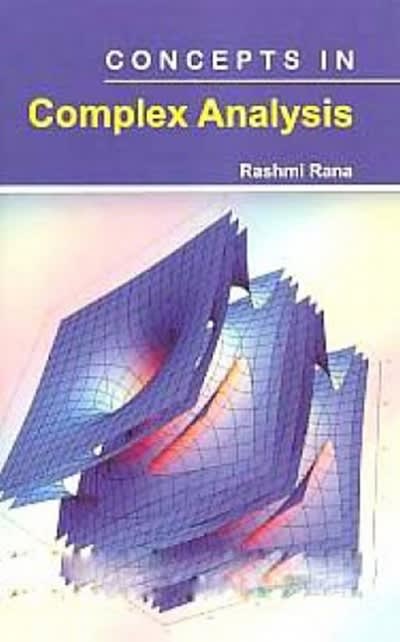Question
1. What is power? How is it deined? 2. In what two situations is a power analysis especially useful? Explain. 3. In hypothesis testing experiments,
1. What is power? How is it deined?
2. In what two situations is a power analysis especially useful? Explain.
3. In hypothesis testing experiments, why is t he conclusion "We retain H0" preferable to "We accept H0 as true"?
4. In hypothesis-testing experiments, is it ever correct to conclude that the independent variable has had no effect? Explain.
5. In computing power, why do we always compute the sample outcomes that will allow rejection of H0?
6. Using and, explain ho w w e can maximize t he probability of correctly concluding f rom a n experiment, regardless of whether H0 is true or false. As part of your explanation, choose values for and and determine t he probability of correctly concluding when H0 is true and when H0 is false
8. In Chapter 10, Problem 10 (p. 273), a new teaching method was evaluated. Twenty pairs of subjects were run in a repeated measures design. The results were in favor of the new method but did not reach significance (H0 was not rejected) using t he sign test with 0.0 51 t ail. I n trying to interpret why t he results were not significant, you reason that there are two possibilities: either (1) the two teaching methods are really equal in effectiveness (H0 is true) or (2) the new method is better, but the experiment was insensitive. To evaluate the latter possibility, you conduct an analysis to determine t he power o f t he experiment to detect a large difference favoring t he new method such that P real 0.80. What is the power of the experiment to detect this effect? What is beta?
9. A researcher is going to conduct an experiment to determine whether one night's sleep loss affects performance. Assume t he requirements a re met for a directional alternative hypothesis. Fourteen subjects will be run in a repeated measures design. The data will be analyzed with the sign test, using 0.0 51 t ail. Each subject will receive two conditions: condition 1 , where the performance o f the subject is measured after a good night's sleep, and condition 2 , w here performance is measured after one night's sleep deprivation. T he better t he performance, the higher the score. When the data are analyzed, the scores of condition 2 will be subtracted from those of condition 1. If one night's loss of sleep ha s a large detrimental effect on performance such that P real 0.90, what is the power of the experiment to detect this effect? What is the probability of a Type II error?
11. A psychiatrist is planning an experiment to determine whether stimulus isolation affects depression. Eighteen subjects will be run in a repeated measures design. T he data will b e analyzed with the sign test, using 0.0 52 t ail. Each subject will receive t wo conditions: condition 1 , one w eek o f living in an environment with a normal amount of external stimulation, and condition 2, one w eek in a n environment w here external stimulation ha s been radically curtailed. A questionnaire measuring depression will be administered after each condition. The higher the score on the questionnaire, the greater t he subject's depression. I n analyzing t he data, t he scores o f condition 1 w ill b e subtracted from the scores of condition 2. If one week of stimulus isolation has an effect on depression such that P real 0.60, what is t he power of t he experiment to detect t his s mall effect? W hat is b eta? I f t he results o f t he experiment a re not significant, is it legitimate for the psychiatrist to conclude that stimulus isolation ha s no effect on depression? Why?
What is the relationship between power and 1 versus 2 tailed tests?
What is the relationship between type I error and alpha?
What is the relationship between power and beta?
What is the relationship between alpha and power?
What is an example of an experiment (or study) where you would be concerned about making a type I error? How would this change you strategy (i.e. your "rules")?
What is an example of an experiment (or study) where you would be concerned about making a type II error? How would this change you strategy (i.e. your "rules")?
What is an example of an experiment (or study) where a one-tailed test would be appropriate?
What is the "2F23 rule" for deciding between alpha = .01 or .05?
What is the "2F23 rule" for deciding between 1 and 2 tails?
Step by Step Solution
There are 3 Steps involved in it
Step: 1

Get Instant Access to Expert-Tailored Solutions
See step-by-step solutions with expert insights and AI powered tools for academic success
Step: 2

Step: 3

Ace Your Homework with AI
Get the answers you need in no time with our AI-driven, step-by-step assistance
Get Started


